Jihada – The Skin of the Katana Steel
When we talk about the beauty of a Japanese sword, it’s not just the elegant shape that’s been passed down through history. There’s also something called “jigane” — the texture and look of the steel. Jigane is what you see on the katana blade — the color and pattern of the steel. It shows how the sword was made. Traditional swords aren’t just polished to a mirror shine. They often have a clear, glassy feel with visible patterns on the surface. A well-made traditional katana shows multiple layers of color. The hamon (the blade temper line) is white, while the body of the blade (called ji) and the upper flat part (shinogi-ji) look darker but clear. If the blade is well polished, you can see the fine, detailed jihada — a sign of the swordsmith’s skill.
So when showing a Japanese sword, don’t just admire the overall shape. Look closely at the steel itself — the colors, the textures, and the patterns on the blade.

What Is Jihada?
Jihada is the pattern that appears on the steel of a Japanese sword after it’s been forged and folded many times. Just like how no two people in the world are exactly the same, no two katanas have the exact same jihada. The pattern depends on the type of steel used and how the swordsmith forged it. Different schools use different methods, and each smith has their own style — that’s why the patterns can look quite different.
It’s worth noting: not every folded sword will show jihada clearly. Only those that have been polished properly and with great care will reveal the hidden patterns in the steel.

What Types of Jihada Are There?
There are two main basic types of jihada: itame-hada and masame-hada, and usually a single sword only shows one of them.
How the jigane (steel grain) is formed and the forging techniques behind it?
Itame-hada looks like wood grain — swirly, flowing patterns on the surface of the blade. How does that happen? When the steel is folded, it creates many layers. Then when the smith hammers the steel block, the upper layers break and mix with each other, forming these patterns.
Masame-hada is more straight and lined, almost like fine hair or grain. It also comes from folded steel, but instead of seeing the top surface of the layers, you’re looking at the side. Imagine the steel like a multi-layered cake — if you make the blade’s surface from the top of the cake, you get itame-hada. If you use the side of the cake, you get masame-hada.
In real swords, the patterns can vary depending on the smith’s preferences, their forging technique, and their level of skill. There are also more delicate types like matsukawa-hada and nashiji-hada, which are even finer and more intricate.
This is how Japanese swords became known not just as weapons, but as true works of art — full of subtle beauty and variety in every blade.
Read more

What Is “Sori”? “Sori” means the curve of a katana. If you draw a straight line from the tip of the blade to the bottom of the back edge, the distance from that line to the deepest part of the curv...
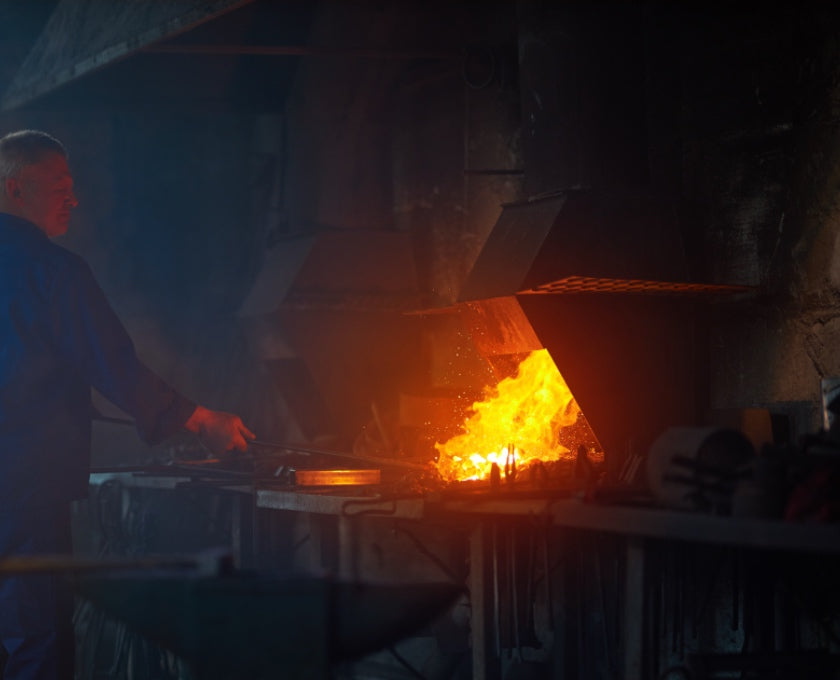
Clay tempering is a traditional technique used in making katanas, in which clay is applied to the blade before quenching. Its purpose is to give the katana both hardness and toughness, while also c...
Shop katana
Our katana store offers a wide selection of japanese swords — from traditional katanas and anime-inspired designs to fully functional blades — featuring a variety of materials and craftsmanship to suit your preferences.

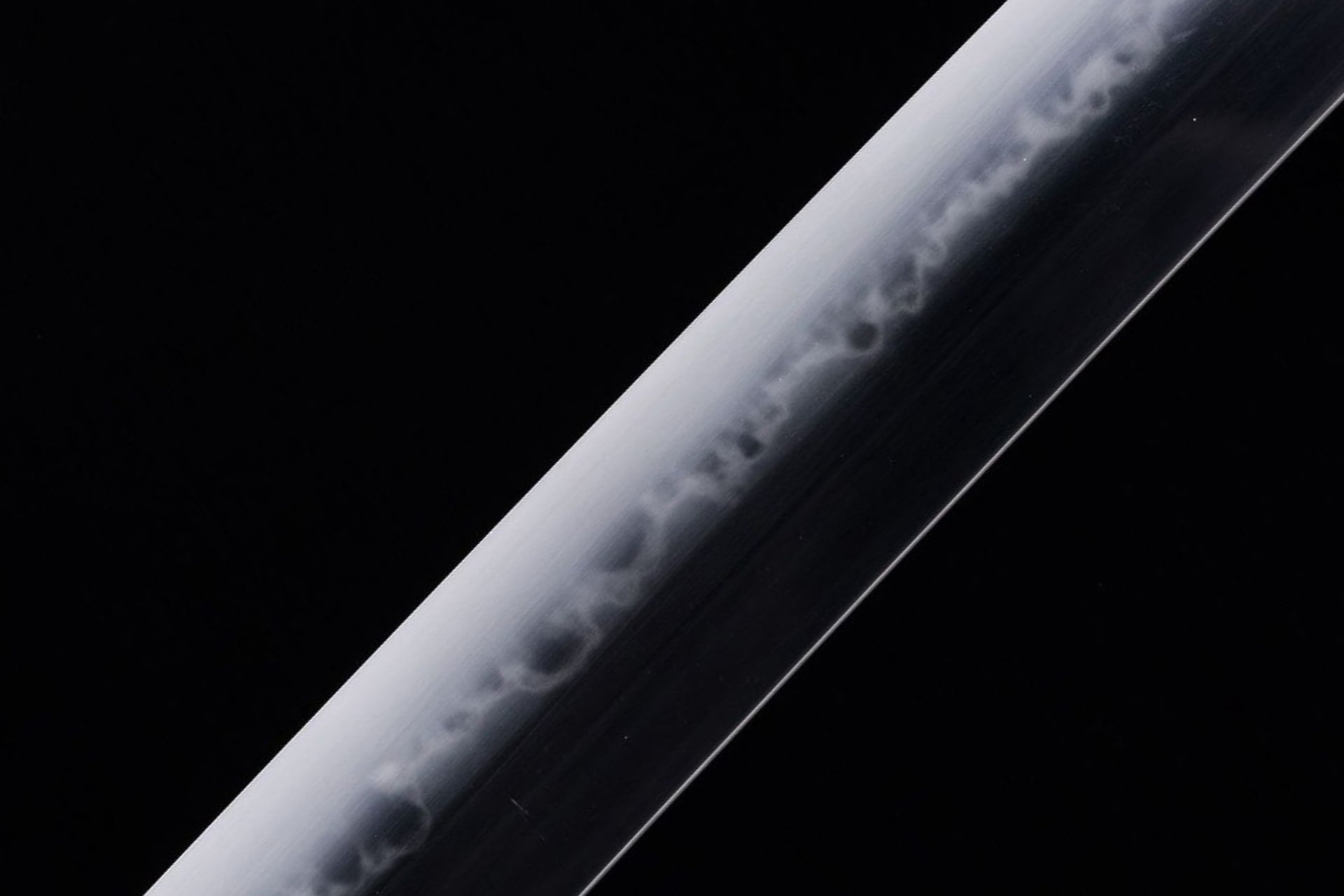
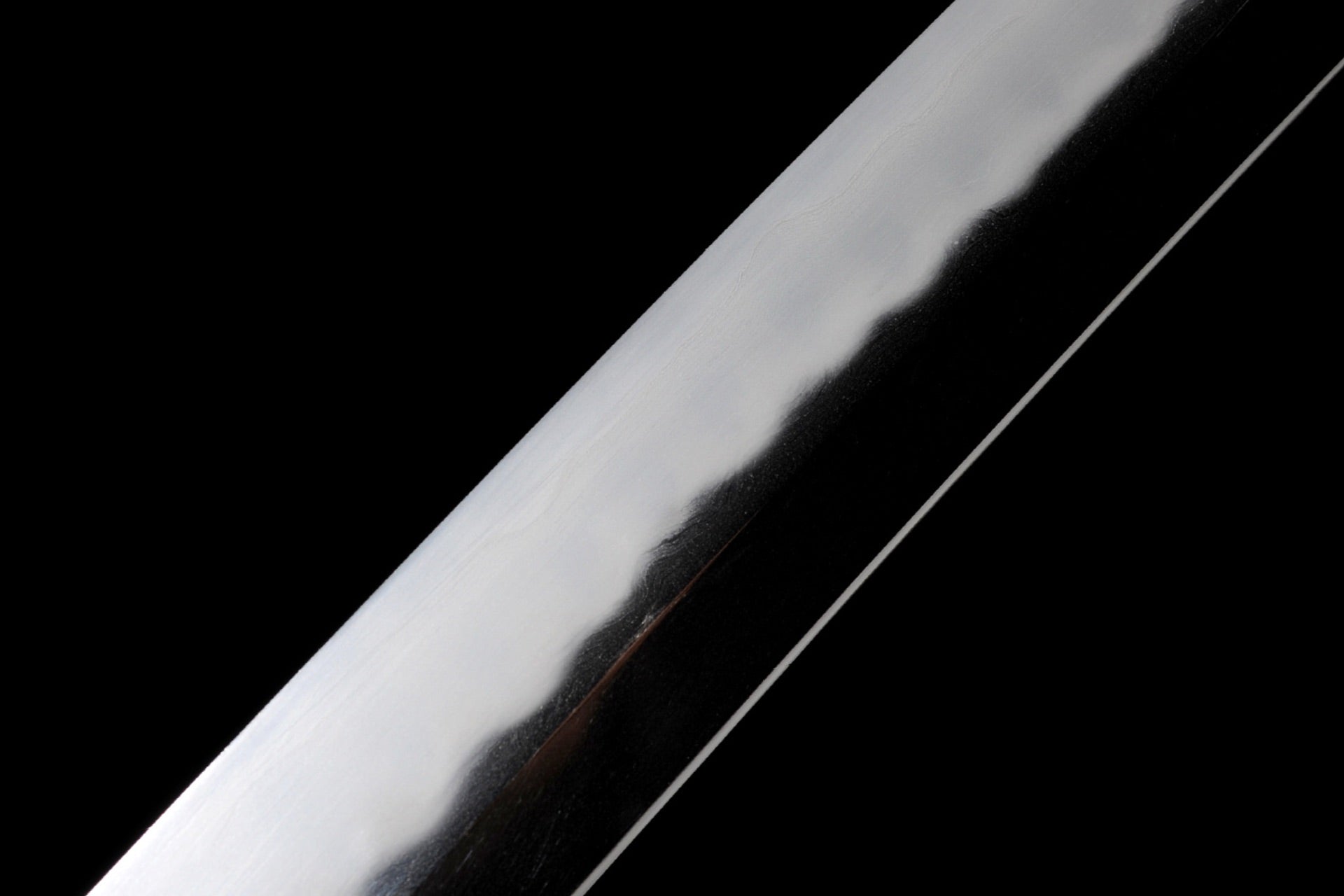
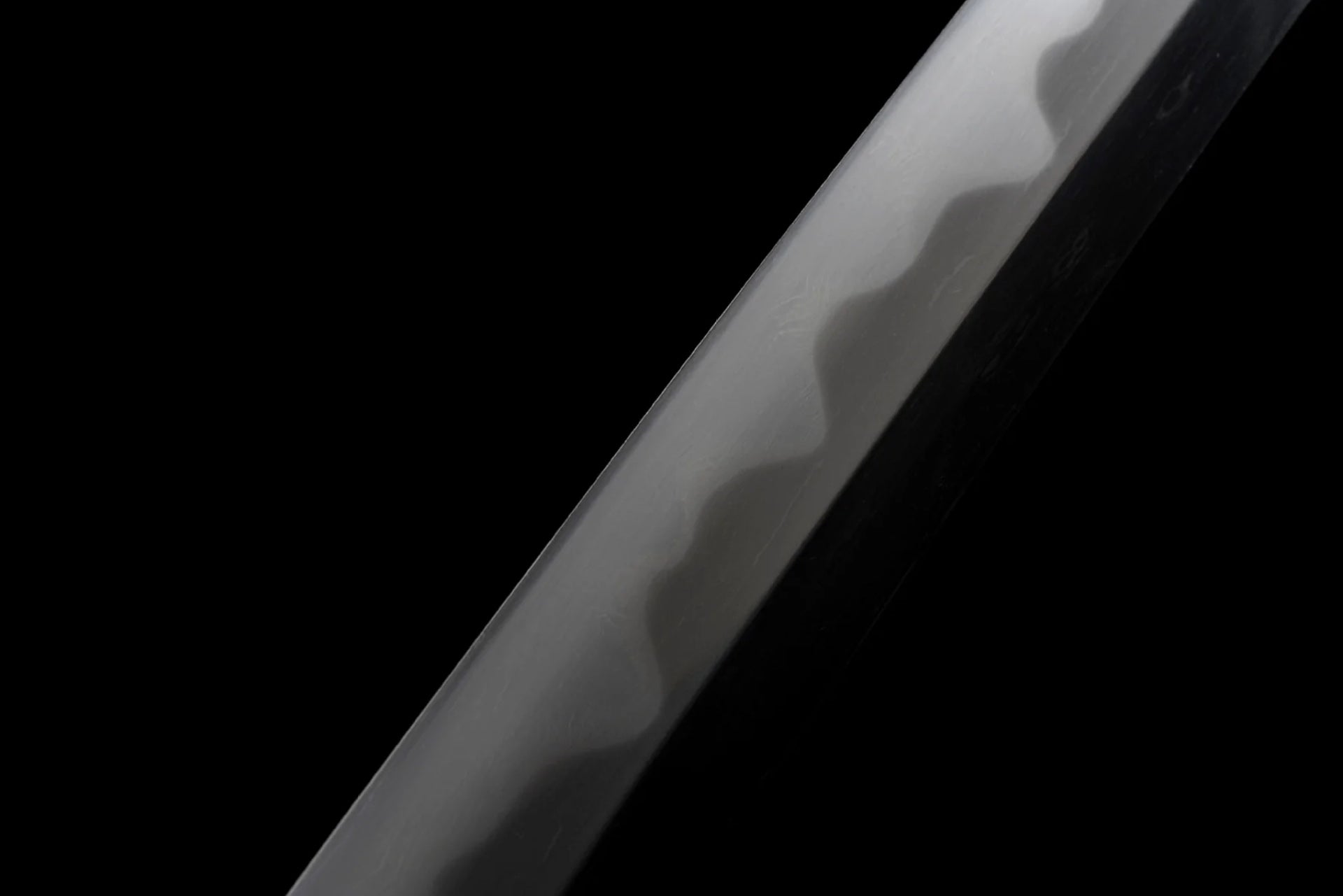

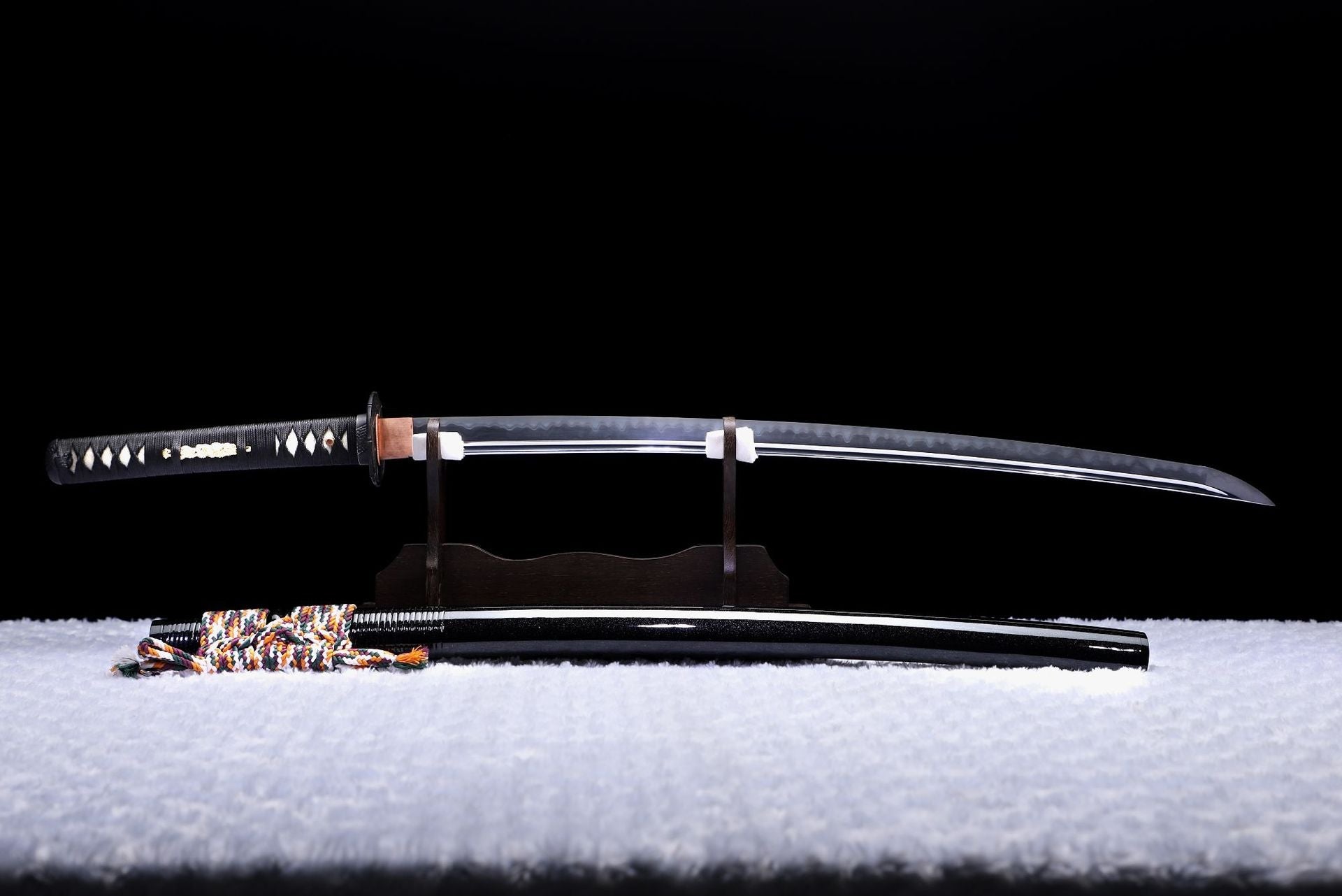
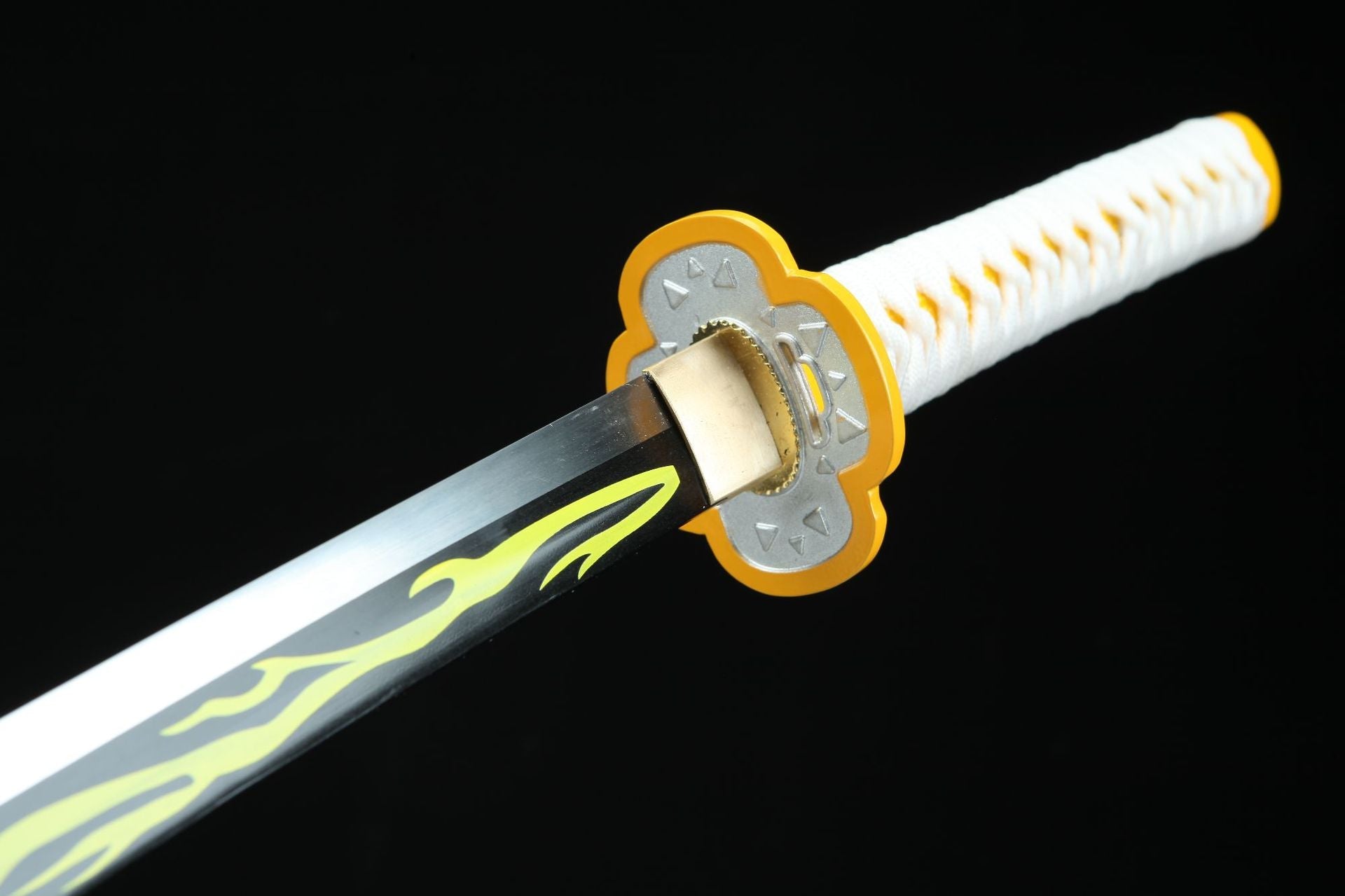
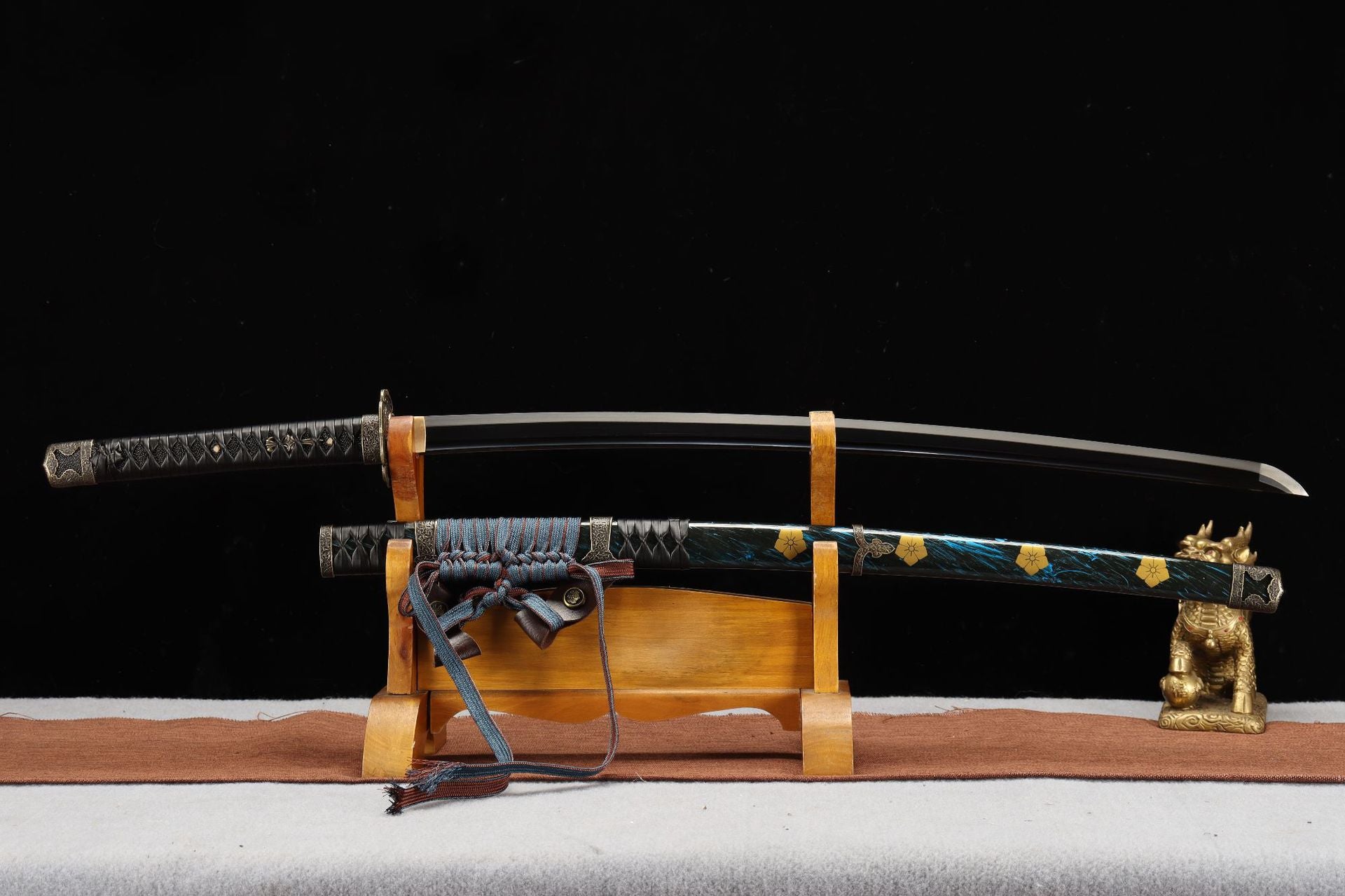
Leave a comment
All comments are moderated before being published.
This site is protected by hCaptcha and the hCaptcha Privacy Policy and Terms of Service apply.